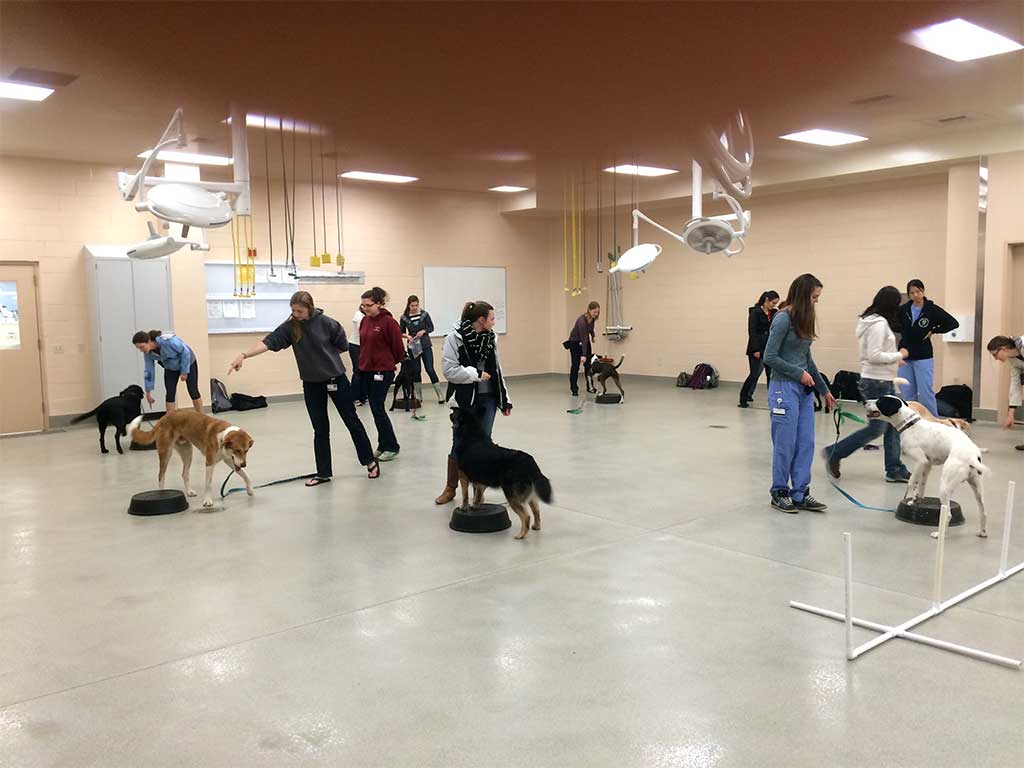 Animals in Teaching
Animals in Teaching
Animal healthcare and welfare are the primary focus of veterinary medical training programs. Appropriate use of animals within the curriculum is essential as students must learn and practice diagnostic and therapeutic skills in order to be competent at graduation.
Whenever animals are part of the learning experience, students must respect and show compassion for their being and their unique contributions to student education.
Within the DVM curriculum, all students will be required to complete laboratory exercises involving animals or animal specimens. Where appropriate, academically sound alternatives such as software applications and models have been, and continue to be, developed to replace the use of animals in the curriculum.
The School has worked hard to promote the welfare of animals and to balance the need to produce competent veterinarians with current societal views on the use of animals in teaching. Most non-invasive skills and procedures are learned using animals maintained by the School or shared with Animal Science. Where appropriate, enrichment programs provide exercise, companionship and obedience training giving animals the necessary skills to be responsible members of society following adoption.
The use of animals for instructional purposes is carefully planned and reviewed by the faculty, and requires approval by the campus Animal Use and Care Administrative Advisory Committee. In the large animal curriculum, terminal use of animals that are donated or specifically purchased for surgical instruction does occur whilst the animals are anesthetized. In these cases, the animals are treated with kindness and respect for their contribution to student education.
